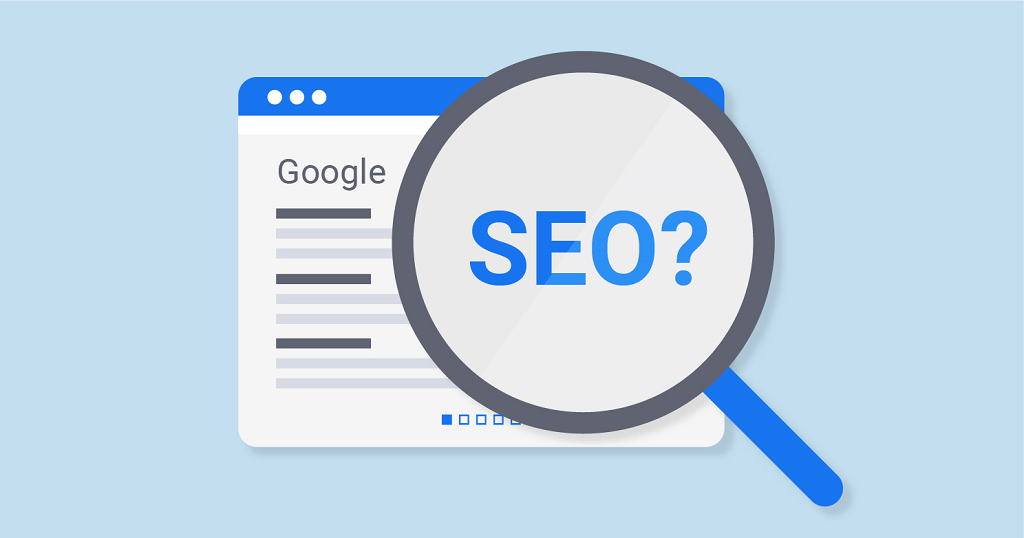The concept of SEO has become quite familiar and is a fairly popular marketing channel today. So what is SEO? Is SEO really effective for online businesses, or are people just deifying its power? This article will dive into the fundamentals of SEO, its benefits, and how it can impact your online presence.
What is Search Engine Optimization (SEO)?
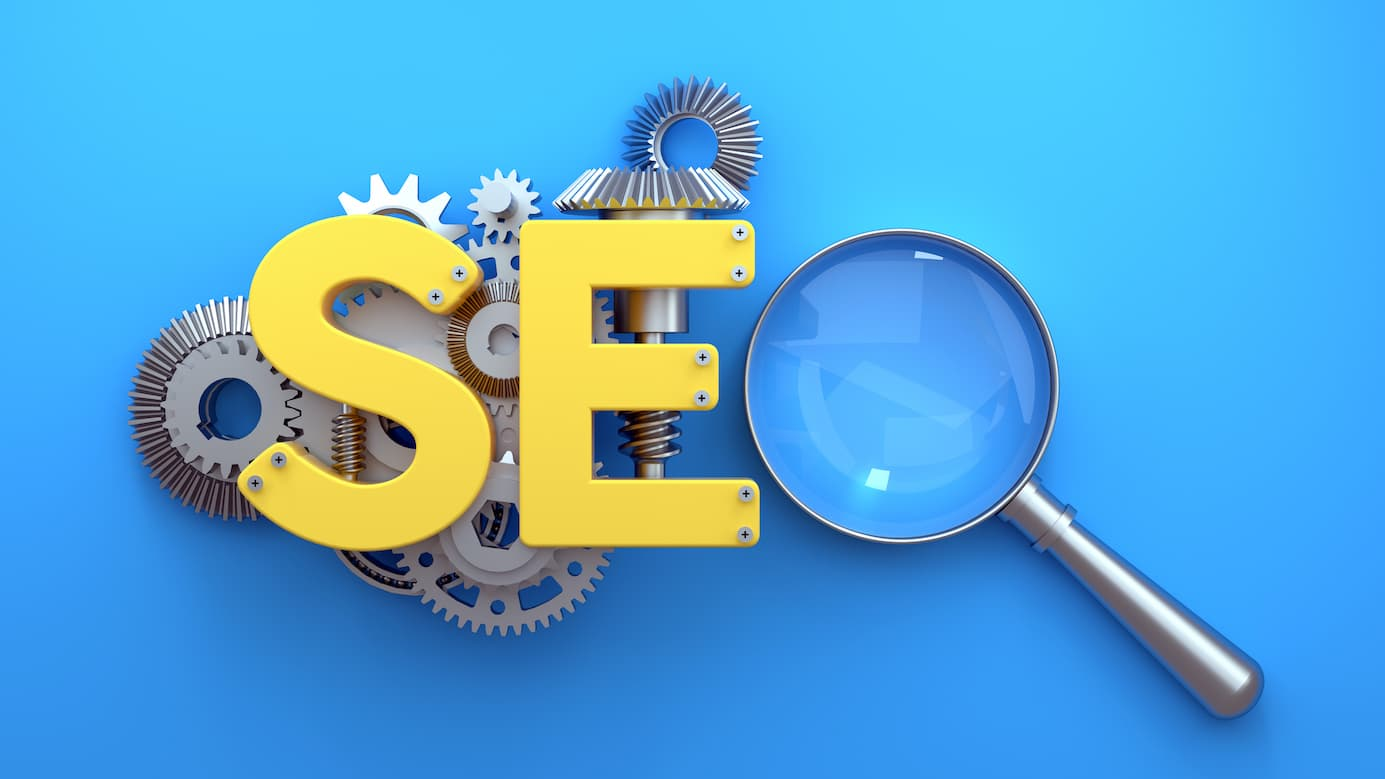
SEO stands for Search Engine Optimization. This means that you will perform a variety of tasks on optimising a website and its content to improve its visibility and ranking in search engine results pages (SERPs).
The goal of SEO is to increase organic traffic to a website by making it more relevant and attractive to search engines like Google, Bing, or Yahoo.
Popular types of SEO
- Keyword SEO: This is the most common and popular type. Most businesses or SEOers want their keywords to rank high on Google search results.
- Image SEO: It is a technique used by SEO to bring images in your website to the top of Google searches when users search with that keyword and select the displayed image tab.
- Video SEO: This is the optimization of videos, making them more search engine friendly and easy to appear on the first pages of search engines. Video SEO helps improve traffic, reach new customers, and increase conversion rates based on reach and click-through rate (CTR).
- SEO Google Map (Local SEO): It is a way to help searchers easily find the place to look on Google Maps. Local SEO is often used by travel, restaurant – hotel websites. Because it helps to better localize customers, and identify the customer segments that businesses are targeting.
- SEO App Mobile: This is the process of optimizing the display of software and applications on the phone to the top of search pages such as Google Play, App Store, and Windows Store. Mobile app SEO helps you improve your app’s search rankings, thereby saving money on finding customers to use your app.
Who Needs To Use SEO?
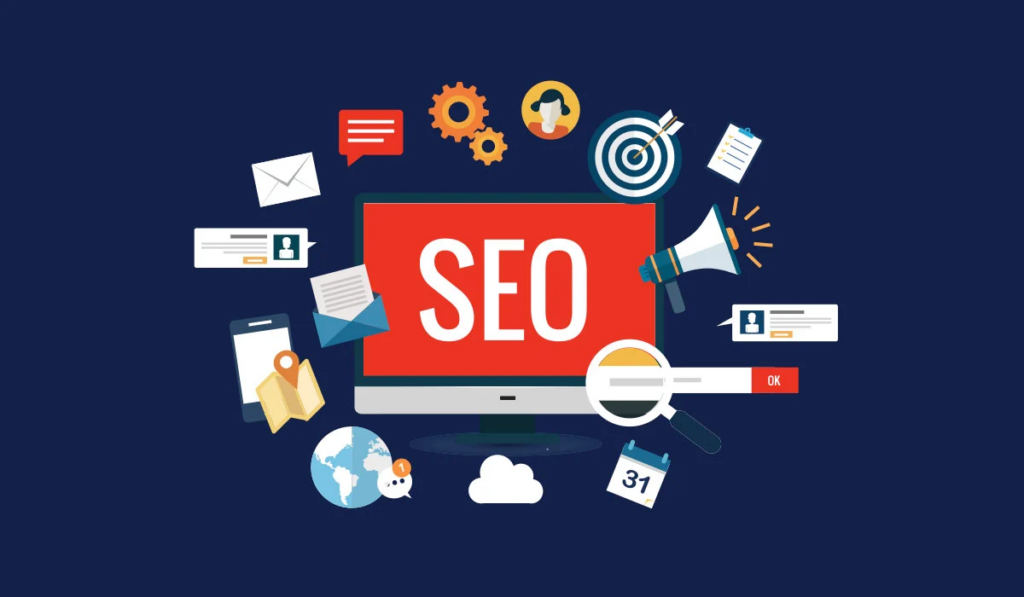
SEO is an effective, fast, and inexpensive way to reach customers through search engines that anyone who owns a website or a certain business location must know. Here are the objects that need to use SEO:
- Website managers who own a sales website and want their products/services to be known by many people.
- Marketers who are looking to increase sales and save advertising budgets.
- Business owners who are looking to grow their business with long-term goals through search engines.
- People who want to do SEO work for businesses or for individuals.
Benefits Of SEO - Why Does Your E-Commerce Store Need SEO?
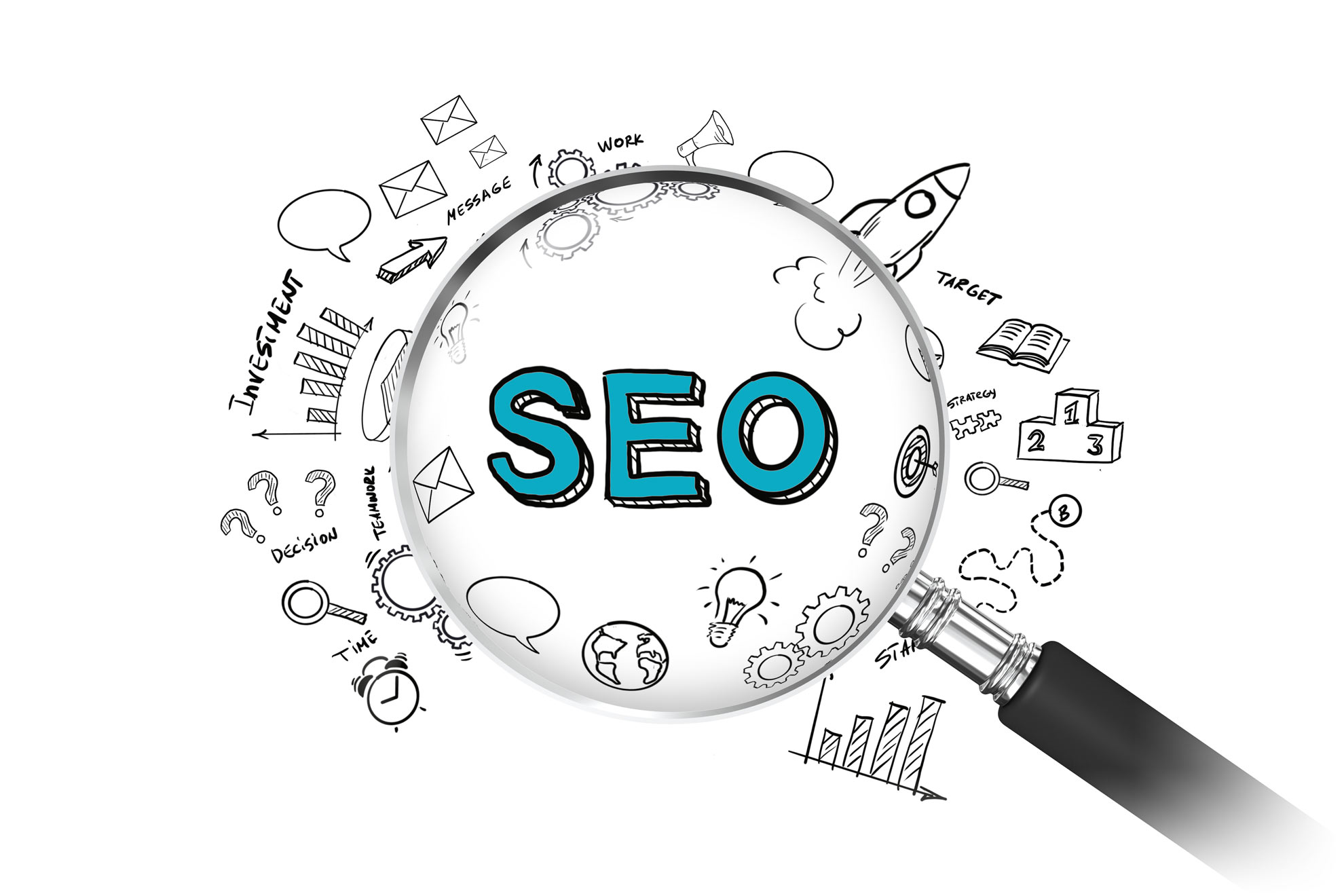
Implementing SEO strategies offers a number of benefits to businesses and website owners. Here are some typical advantages:
Increase The Number Of Potential Customers
Applying SEO helps your articles or website appear in the top search results. From there, your business can reach more potential customers, increasing the conversion rate. Usually, the people who come to the website will be potential customers who are really interested in the products and services that the business is providing.
Increase ROI
ROI or Return On investment, is the ratio of net profit earned to total investment costs. A high ROI means the business is doing well. When SEO is applied to a business’s website, the conversion rate (CR) increases, improving revenue. This makes it easy to estimate the profit from website traffic.
The measurement of SEO ROI needs to be done on a monthly, quarterly, and yearly basis. SEO is essentially a long-term strategy. So within a few days, you will not be able to immediately see the results that SEO brings.
Support To Optimize Customer Access Costs
SEO is a long-term strategy, in the beginning, it will cost a lot to build and continuously optimize. But when you have stable traffic and rankings, you just need to maintain that ranking, without spending as much as the original. Unlike advertising, you have to regularly spend money to reach a new potential customer. Therefore, SEO will help you save costs and effectively manage time when working.
Increase Brand Awareness
When the website has a lot of traffic, it means that the brand of the business is becoming more and more known. Based on customer behavior, websites that are suggested by search engines in the top 10 have more traffic than others. Therefore, SEO greatly affects the brand recognition ability of a business.
Understand Customer Behavior Better
When performing SEO for their website, businesses can use supporting tools such as Ahrefs, and Google Analytics to monitor, measure, and report results. By recording all user activities on the site, businesses know exactly who their audience is and how customers behave. From SEO analysis, businesses can use it to improve the way they communicate and choose the right customer base when advertising.
Limitations Of SEO In Marketing

While SEO is a highly effective marketing strategy, it has certain disadvantages to consider. Understanding these cons can help marketers develop a holistic approach to digital marketing. Here are some limitations of SEO:
Google Constantly Updates The Algorithm
To provide the best user experience or search results, Google regularly changes its algorithm. Algorithm changes mean that rankings on the search results page are also affected, so SEOs must always monitor and update information promptly when Google changes the algorithm.
Onslaught From Competitors
Not only does your business see the potential of SEO, but there are many other businesses out there in the same industry that are also investing in SEO. Ranking high for highly competitive keywords can be challenging and can require significant resources and effort. So, always hone your knowledge and skills to always be ready for the competition to show up with your opponents.
It Takes Time And Patience
It takes businesses at least two months to get the article to the top and maintain a sustainable ranking on the search results page on Google. It is impossible for an article to go to the top for a few days; even if it does, it is not sustainable and quickly drops in rank.
Immediate results are not possible, especially in competitive industries. Therefore, businesses need to be patient in order to achieve the expected results.
Lack of Immediate Adaptability
SEO techniques can take time to implement and become effective. This can impede your ability to respond quickly to changing market conditions or corporate priorities. Paid advertising or other forms of marketing may provide more immediate control and flexibility.
What is on-page SEO?
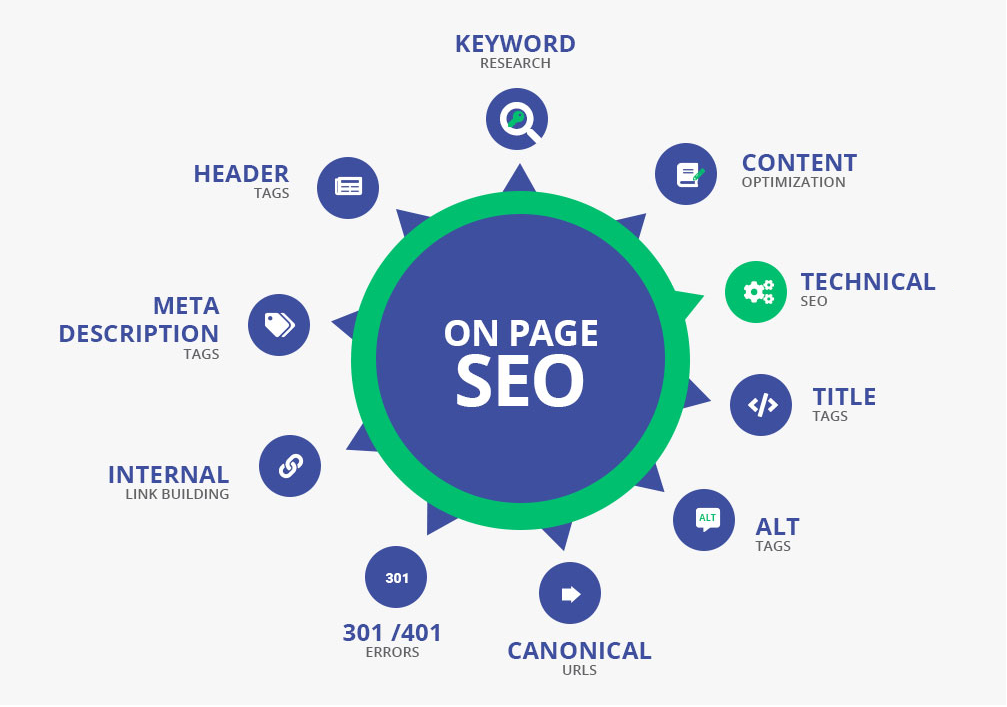
On-page SEO, also known as on-site SEO, is the technique of optimizing individual web pages in order to improve their visibility and ranking in search engine results. On-page SEO focuses on making web pages more search engine friendly and relevant to the queries and intent of users. Here are some important elements of on-page SEO:
- Keyword Research: Identifying relevant keywords and phrases that users are likely to search for when seeking information related to your website’s content.
- Content Optimization: Crafting high-quality, informative, and engaging content that incorporates relevant keywords naturally. This helps search engines understand the purpose and relevance of your web pages.
- Meta Tags: Optimizing title tags and meta descriptions with relevant keywords, accurately summarizing the page’s content, and enticing users to click.
- URL Structure: Creating user-friendly URLs that include relevant keywords and provide a clear hierarchy of your website’s content.
- Header Tags and Formatting: Using proper heading tags (H1, H2, etc.) to structure content makes it easier for search engines to understand the hierarchy and relevance of different sections.
- Image Optimization: Optimizing image alt tags, file names, and sizes to improve page load speed and provide relevant information to search engines.
What is Off-Page SEO?
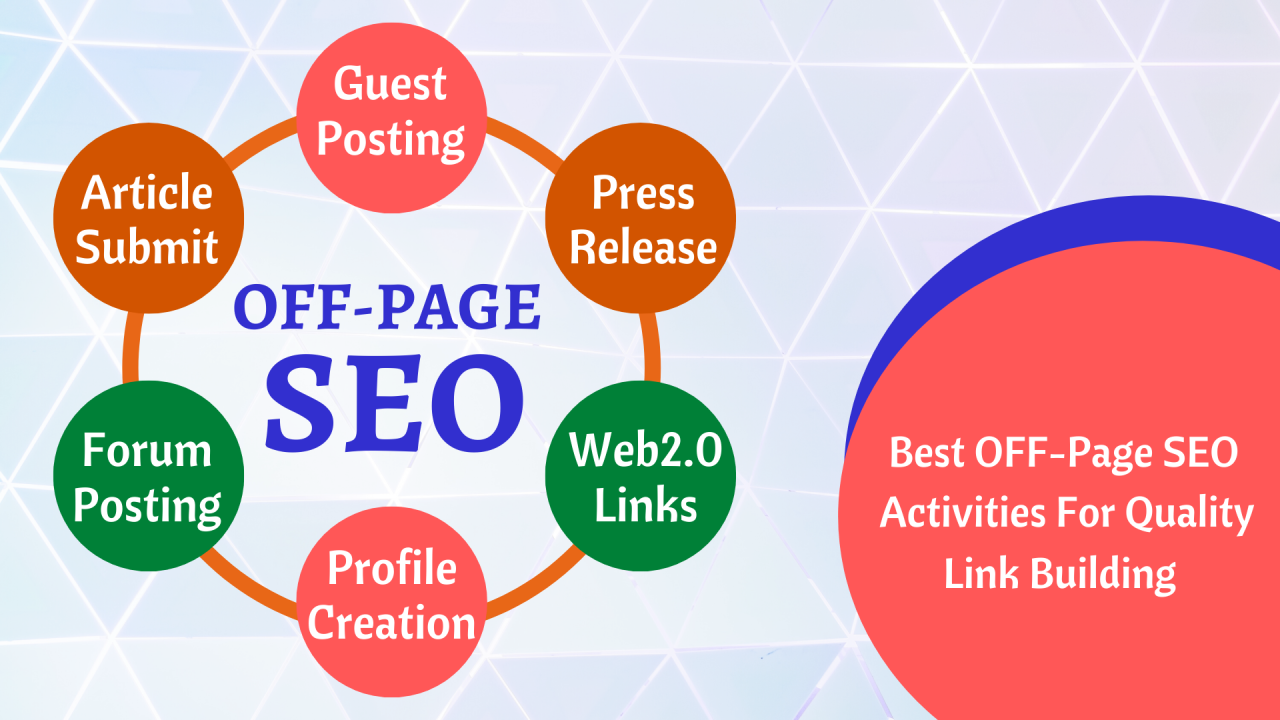
Off-page SEO, also known as off-site SEO, refers to activities and strategies carried out outside of the website itself to increase its exposure and authority in search engine rankings. Unlike on-page SEO, off-page SEO focuses on external factors that can affect a website’s reputation, credibility, and popularity.
Off-page SEO’s major goal is to obtain high-quality backlinks from other respectable websites, but it also includes additional approaches. Here are some key elements of off-page SEO:
- Link Building: Obtaining high-quality backlinks from reputable websites is important since search engines regard them as indicators of a website’s trustworthiness and relevancy.
- Social Media Engagement: Participating actively on social media platforms helps promote brand visibility, attract traffic, and provide social signals that can improve search engine rankings.
- Online Directories and Listings: Ensuring that your website is correctly featured in important directories and local listings, increasing its visibility and trustworthiness.
- Online Reputation Management: Monitoring and responding to internet reviews, controlling bad feedback, and actively working to build a positive online reputation is all important.
SEO Step-by-Step Tutorial: 7 Easy Basics for Beginners
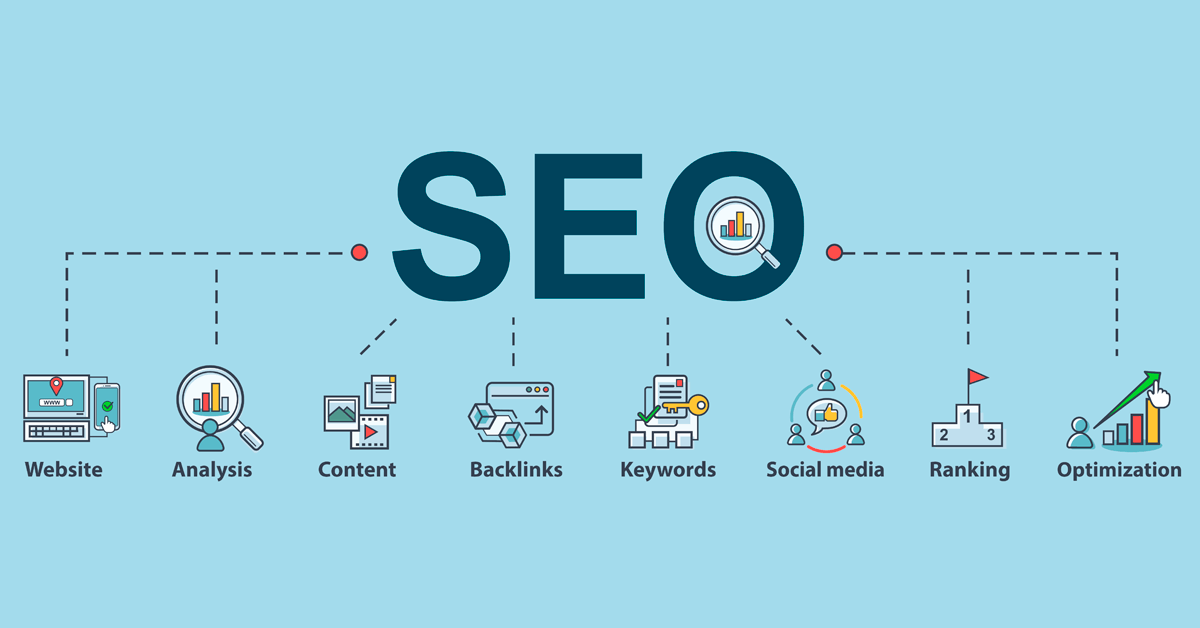
If you’re new to SEO and want to look for a step-by-step tutorial to get started, here are seven easy basics for beginners:
Step 1: Keyword Research
We will do it with a free keyword research tool like Keyword Planner or Google Suggest. Or paid keyword research tools like Ahrefs Keyword Explorer and Keyword IO. Through this step, you will know what users are searching for in your industry. You will need to take care of concepts such as:
- What are SEO keywords?
- Search Intent/ User Intent
- LSI Keywords (Semantic Keywords)
Step 2: Choose Keywords
From the researched keywords, you need to choose the SEO keywords to implement the SEO strategy in 3 months, 6 months, or 10 months. The main factor in the main strategy is what you do to achieve the fastest and most economical SEO effect.
Step 3: Deploy The Article
Build standard SEO articles to gradually shape the professional theme of the Website. You need to build articles with good content that are useful to users, and consistent with Google’s criteria. However, first, you need to learn how to plan SEO Content marketing.
Step 4: On-Page Optimization
- Optimize your website’s meta tags, including title tags and meta descriptions, incorporating your target keywords.
- Ensure your website has clear and user-friendly URLs that include relevant keywords.
- Create high-quality and engaging content that incorporates your target keywords naturally.
- Use header tags (H1, H2, etc.) to structure your content and make it easier for search engines to understand.
Step 5: Off-Page Optimization
Offpage includes many methods of optimization outside the Website. Onpage and Content will promote internal resources for easy marketing. But for difficult markets, you need to go offline. That’s because Offpage is seen as recognition from others.
Step 6: Search For Traffic
Search traffic here includes both traffic moving from one page to another on the website and also traffic coming from other websites. The sources of traffic you can earn are PPC, social, organic, and advertising.
Step 7: Control And optimize Again
We can track and control SEO campaigns with many tools, but don’t forget that Google also offers 2 free tools. Those are Google Search Console and Google Analytics. They are a tool recommended by Google to monitor website behavior and return the most accurate reports.
Conclusion
From the sharing of Shineapps, now you know “what is SEO?” and the benefits, as well as a basic SEO step-by-step guide. For every business, SEO is a solution to strongly increase sales opportunities on the website. You need to incorporate SEO into your long-term business and brand development strategy. Embracing SEO and staying up to date with best practices is sure to have a significant impact on your online presence and business growth.




